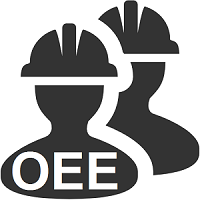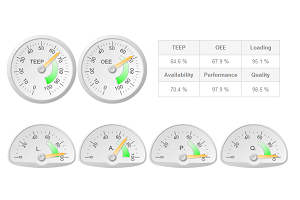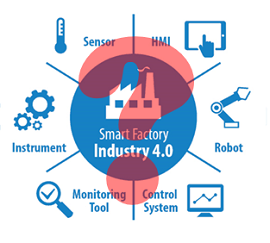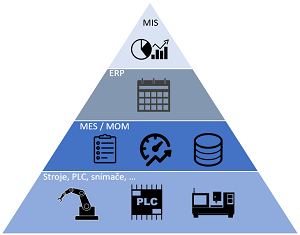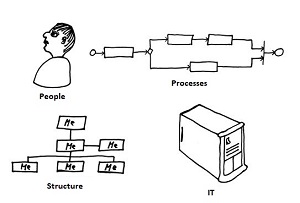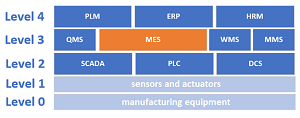Dynamic Scheduling for Flexible Manufactures
Author: Yuri Mauergauz
With the support of the MES center Russia and MES center ORG.
Abstract
Shop scheduling dynamics in total are caused by the current events in a shop during the prescribed plan period. Job sequence of the schedule essentially depends not only on the job processing time and the date but on the cost of machine adjusting, initial machine state, calendar of shop working days, presence of the staff, tool wear, calendar of machine maintenance, provision calendar for materials and other necessary resources.
Production scheduling in the paper embraces the set of twelve computer programs, which include similar algorithms. These algorithms are based on two general criteria simultaneously: the average order utility criterion, which is calculated by order utility functions, and the relative cost criterion of flexible manufacturing.

 English (UK)
English (UK)  Česky (CS)
Česky (CS) 